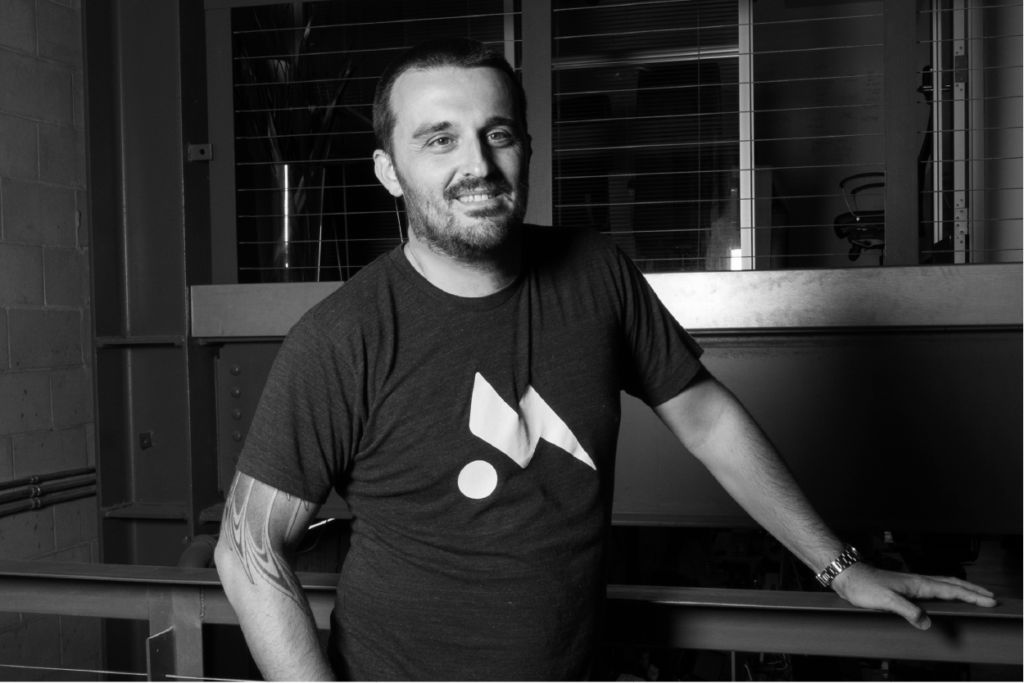By David Pring-Mill
As streaming services profoundly change the nature of media/telecom, there are multiple opportunities to bundle the old with new.
Infrastructure and Authentication Opportunities
Companies like AT&T can bundle their new media offerings with their existing infrastructure, properties, and customer relationships, and potentially content from other companies in the future. They could provide a more seamless entertainment experience across devices by rethinking customer authentication and automatically carrying personalizations and recommendations over from legacy applications.
In a Variety podcast interview, WarnerMedia CTO Jeremy Legg painted the picture: “So if we know and already have a direct-to-consumer relationship with you, why do you have to sign in twice? Why can’t you do things like SIM card-based authentication? Why can’t you do things where you enter a certain set of credentials into an AT&T phone and it automatically authenticates you into HBO Max and do various flavors of single sign-on?”
AT&T’s CEO John Stankey explained his long-term strategy as follows: “We’re basically unbundling to re-bundle.”

Organizational Opportunities
New innovation and digital transformations are also producing a distinct cultural effect across businesses in all sectors, as people learn how to act on new inputs, integrate tech solutions, and realign their departments’ activities and resources with objectives in a more advanced or even partly automated way.
After mergers and acquisitions, some media companies may need to re-bundle their previous organizational practices with new technologies and the timeless traditions of storytelling.
Sometimes, different working and management styles will clash horribly but with the right leadership, attention to detail, and mutual respect based on shared goals and commitments, everything can come together auspiciously.
Engineers and artists can actually be great collaborators. According to the Pixar philosophy, “art challenges technology, and technology inspires art.”

Mobile Opportunities
Benoit Vatere, founder and CEO at Mammoth Media, told Policy2050 that in some respects he’s trying to replicate the business strategy that companies like Viacom used in the cable TV industry, except he’s doing it in the increasingly popular mobile environment.
Viacom helped to pioneer the concept of specialized programming through brands like MTV and VH1. They wanted different channels to have different types of content for different audiences. There was music-centered specialization and, on top of that, audience members with broad interests could surf between affiliated channels.
“And that’s the true idea of a network. You acquire a user once and then you move that user around to different destinations, so you can monetize that user and retain that user better,” he said. “And that has been very successful on TV. That also has been very successful in the gaming space on mobile.”
Mammoth Media is now working to build, publish, and monetize short-form entertainment across multiple, different, owned apps (the new channels), with a heightened amount of interactivity to keep its Gen-Z users engaged.
To succeed on mobile, you have to first capture attention while competing with countless other media properties and interrupting notifications. Traditional TV has commercial breaks but this is an entirely different level of choice and distraction.
I asked Vatere if, during a time of such market saturation, he believes it’s still possible to have something that is purely viral. Can people make interesting things, put them out there, do nothing to promote them, and have them spread wildly as if by magic, or is all earned media these days preceded by some form of paid media?
Vatere said that many media and gaming companies have more limited options to go viral and some apps have seemingly gone viral only to crash and burn shortly afterward. The key is to acquire customers in a cost-efficient, data-driven, sophisticated way and then to retain them, make it back, and turn a profit.

Vatere does focus groups with his company’s users and, through this market research, he also found that many Gen-Z users have their mobile rotation locked on the vertical format. This affects the way that videos are being produced for mobile and it’s another point of differentiation from traditional TV.
This is part of an ongoing series of articles about major disruptions in the technology, media, and telecom sector. You can read the other, related articles in Quick Insights and check the Whitepapers section for periodic, in-depth analyses. Subscribe for updates here.